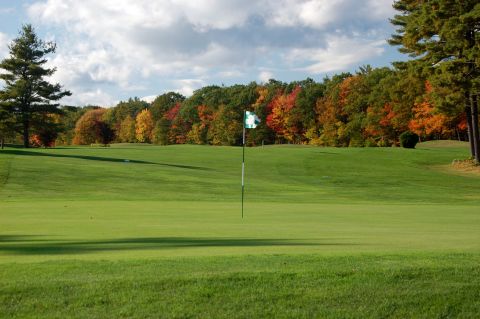As private golf club fees become out of reach for more and more baby boomers and younger working families, dedicated golfers are looking to public golf courses for bargains. They won’t have to look far, based on what I encountered during eight weeks driving around New England recently. My discussions were a real opener about the state of the daily-fee golf business.
Most of the public-accessible courses I visited and most of the golf course operators I spoke with
This single-minded drive to poach on their own published rates, including the ubiquitous use of online tee times, is blinding some golf course operators to more creative avenues of promotion, some of them free for the asking. And it is angering many of their competitors who see rabid discounting as a slippery slope toward cementing customer expectations about price for the long term. These club owners would prefer to increase service to their customers instead of gutting their price structures, discounting a little only as rewards for customers who sign up for their loyalty programs.

New Hampshire's Candia Woods Golf Club has chosen to invest in customer loyalty. Its discounts are reserved for those who sign up for the club's "Preferred Player" card.
I found a strong amount of ennui among many of those course operators I spoke with, as if the current economy was beating them down. They acknowledge, when pressed, that competition for golf rounds in the current environment is intense, but only a few had any response except to cut prices. Perhaps age has something to do with it; I estimate 90% of the golf course operators and marketing directors I met were either under the age of 35 or over the age of 50. Some seemed barely out of college, and nothing has prepared them for the current economy. Those whose instinct may tell them that gutting their price structures may not be the right thing to do responded to my questions with, “That’s what my owners want.” The blind leading the inexperienced is not a winning combination.
More experienced golf professionals just seem tired and not particularly energetic about creative approaches to a falloff in business. Everyone is hurting, but those who have concentrated more on loyalty programs than price-cutting appear to be doing okay. Clubs like New Hampshire’s Candia Woods and its companion course, The Oaks, for example, have built a large database of golfers’ email addresses that the courses use to promote last-minute specials, a “Preferred Players Club” that provides a 10% discount (their only discount), and even email reports that alert golfers to good weather a day or two out. Owner Peter Harrity, who contributes an opinion piece at the club’s web site, has been through enough industry downturns to know that short-term fixes like rabid discounting can have long-term negative consequences. He is also promoting hard more golf outings and events like weddings to fill the gap in lost revenues from green fees.
Some simple math: A 50% discount on $50 green fees amounts to a loss of $100 per foursome. At an average seven tee times per hour, and about seven hours per day to send out foursomes, the big discounters risk
There are tons of creative ideas golf courses might try before they take the discounting plunge. Here's one I would consider if I owned a course that saw the benefits of building customer and brand loyalty: Set up a table behind the 18th green and greet all incoming golfers with a glass of champagne and hors d’oeuvres. Such a club will generate local and possibly national press, and will build a reputation for caring about its patrons. Such loyalty to customers builds repeat business and will help avoid the slippery slope of discounts.



